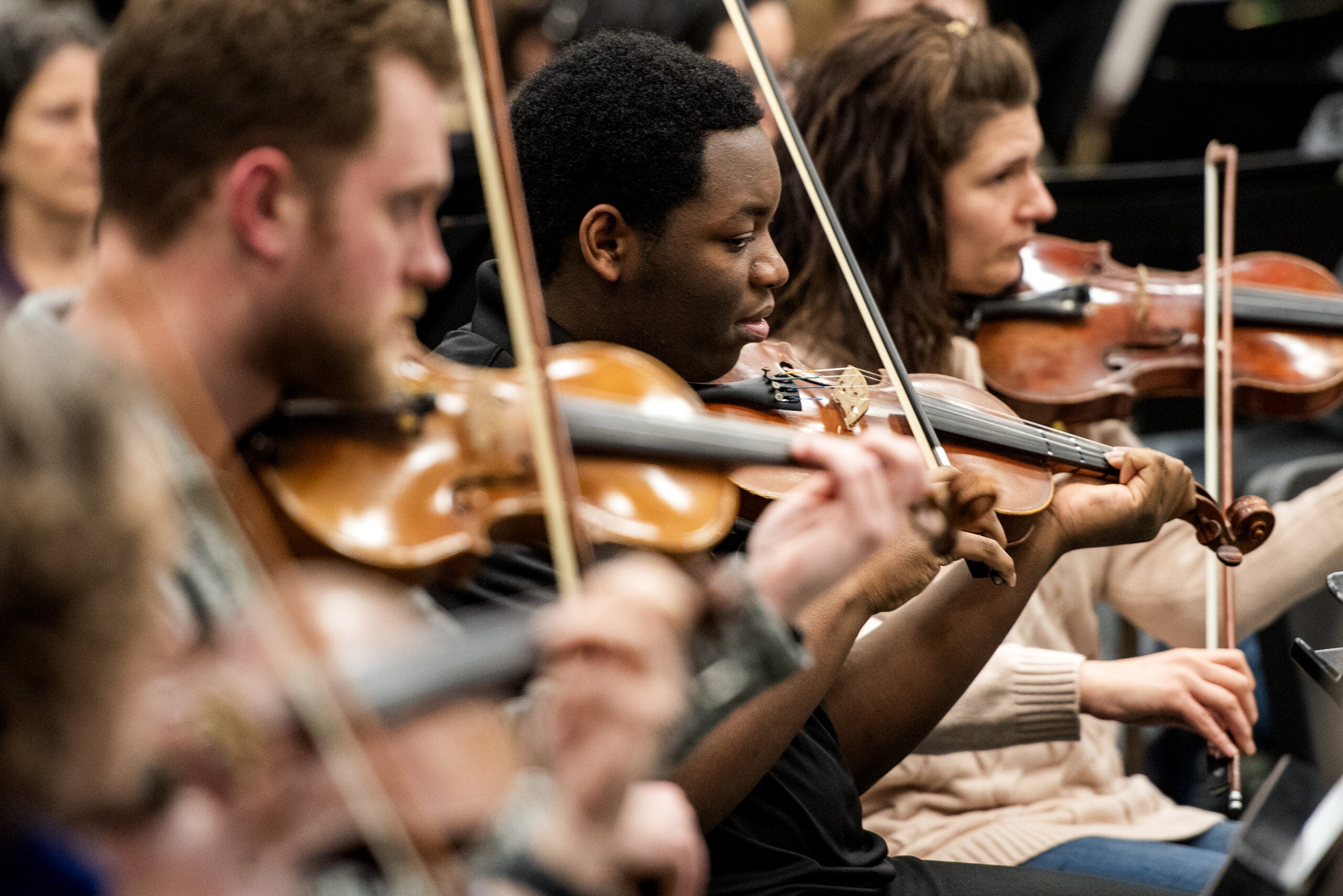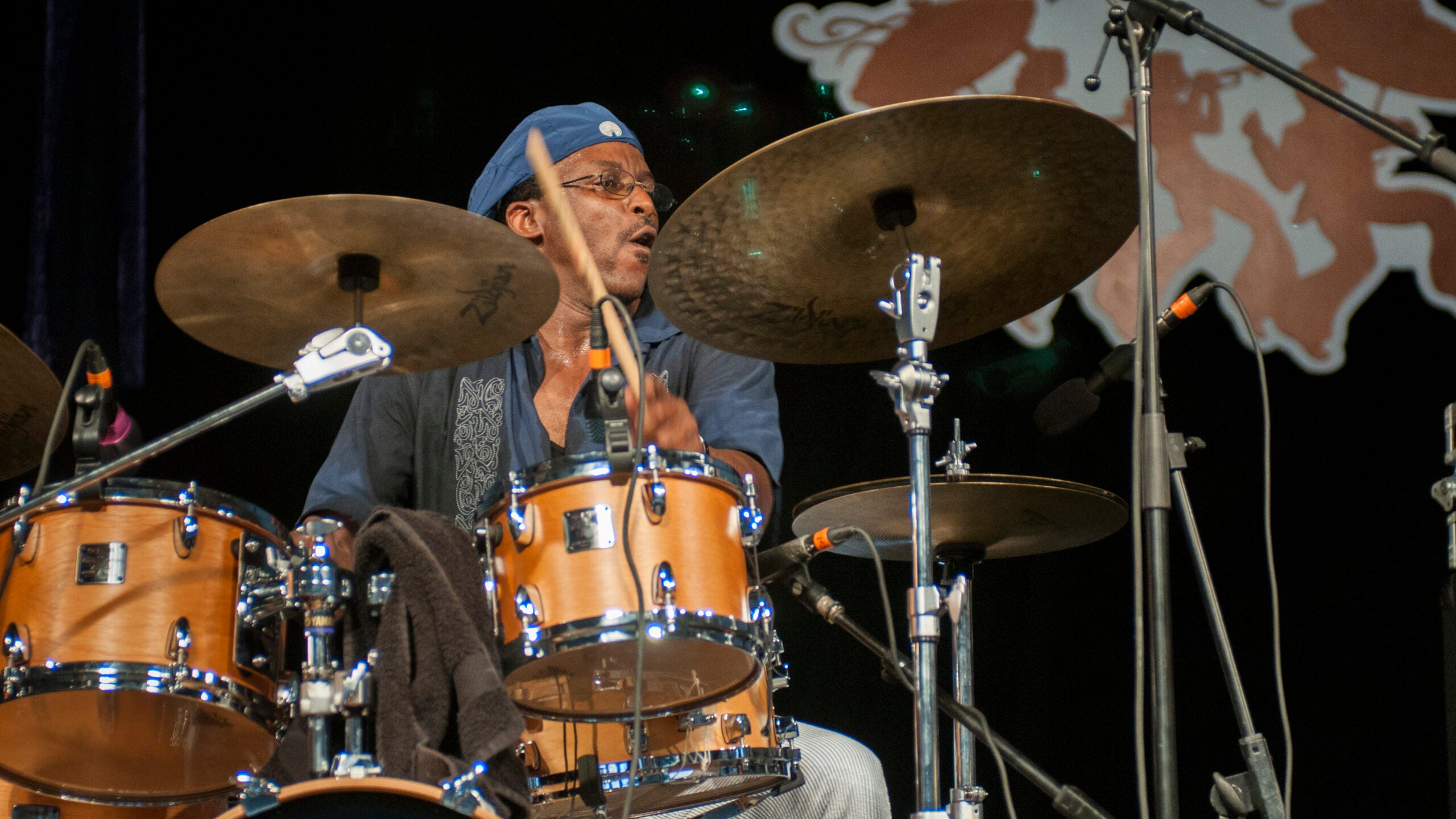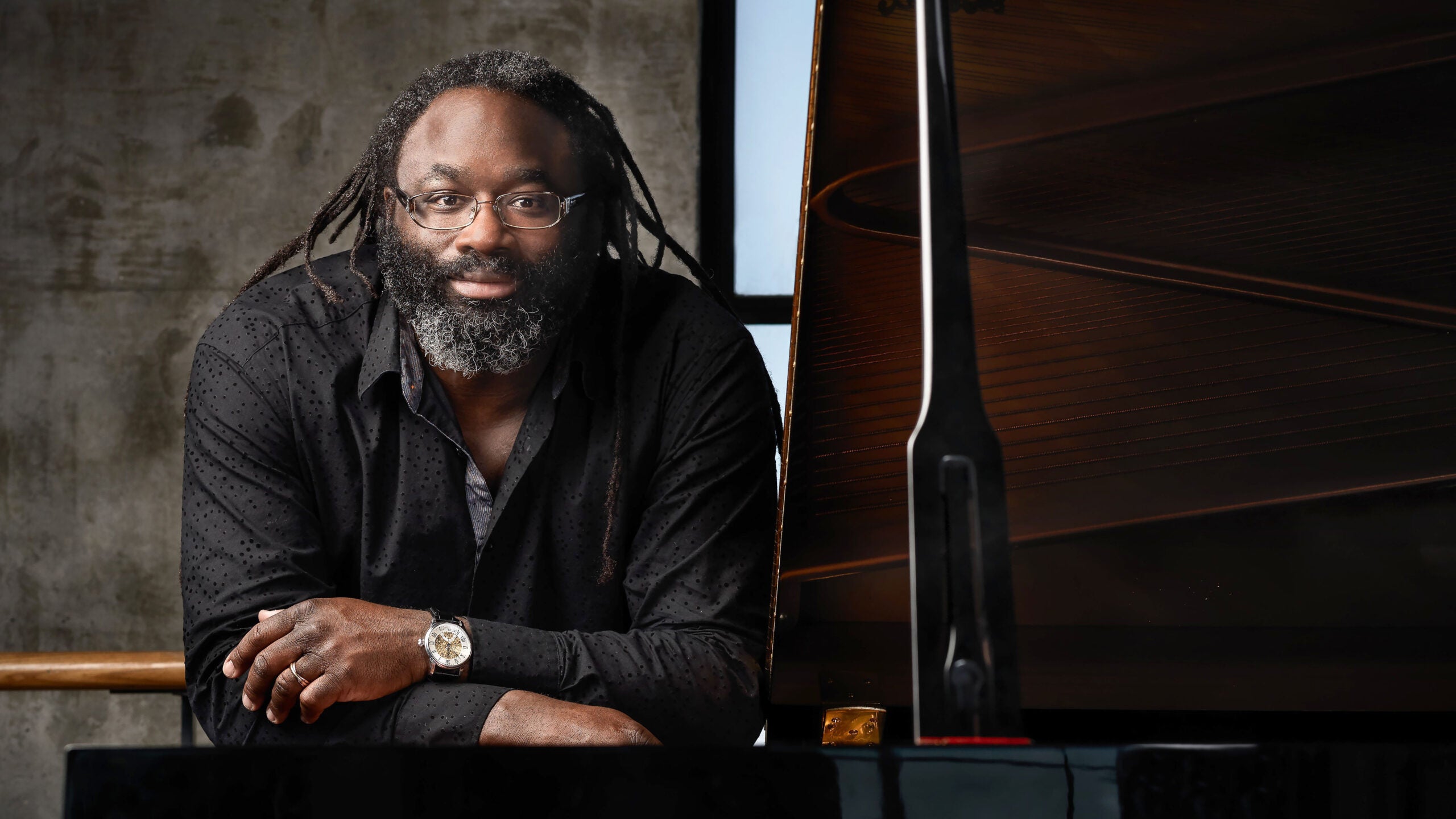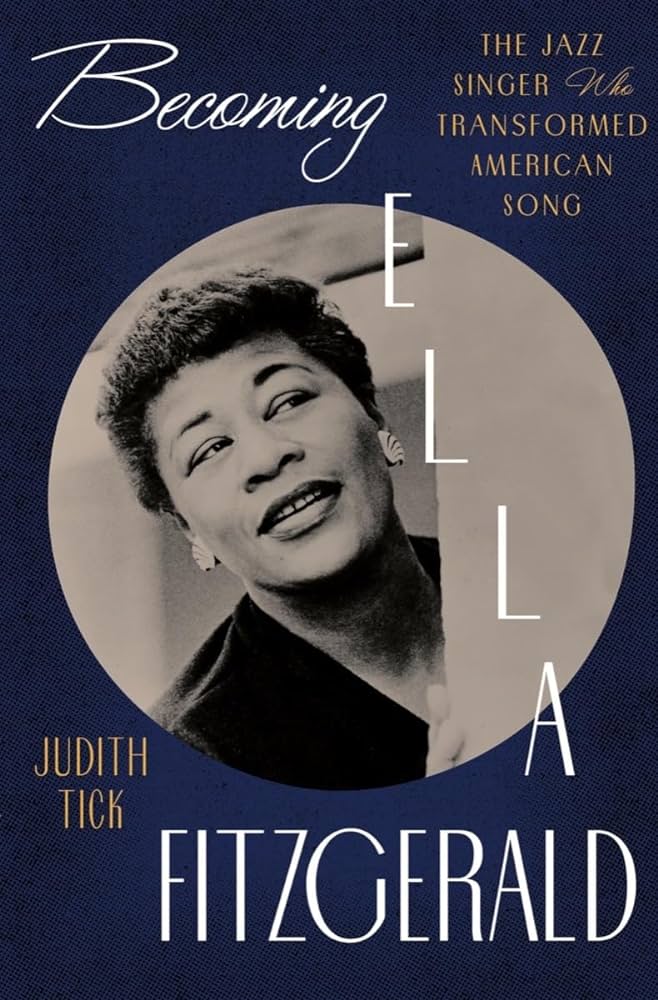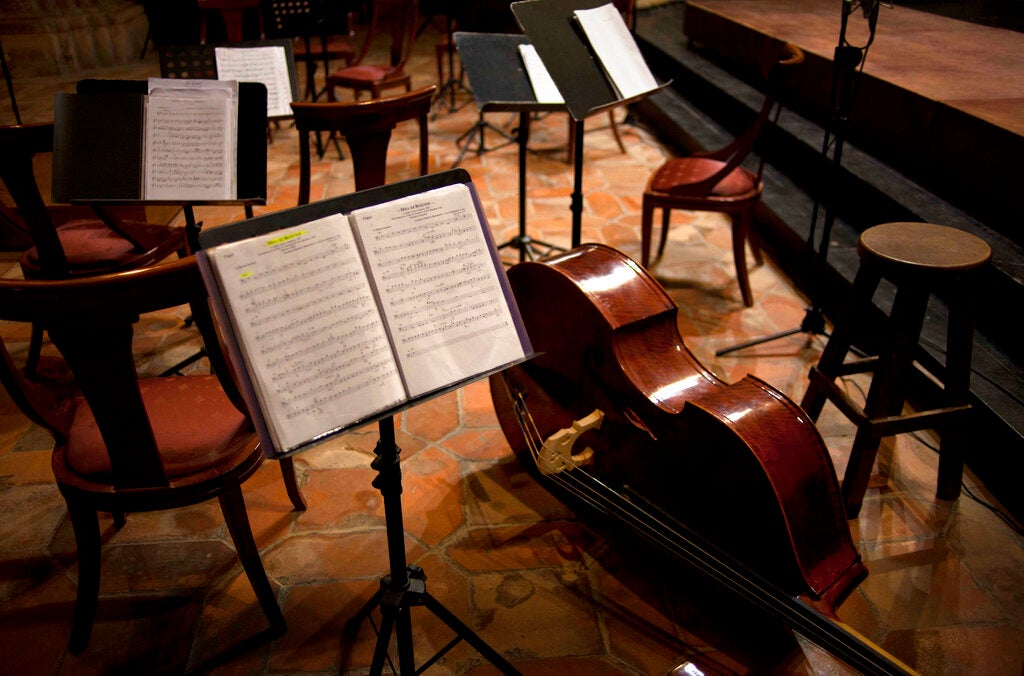In 1927 Joseph Schillinger organized and directed the first jazz orchestra in Russia. Schillinger was an academician and a scientist, and so it’s not surprising that the Russian debut of symphonic jazz took place not in a theater or a dance hall, but in the State Academic Choir Hall in Moscow.
Schillinger prefaced the concert with a scholarly lecture entitled “The Jazz Band and Music of the Future.” At a time when the new Stalinist regime was quick to crack down on any art that smacked of privilege, Schillinger was careful to put the right spin on the program notes for the concert. He referred to jazz as “the music of the masses” and spoke of its “revolutionary role in rejuvenating music.”
It turned out that the concert included no real jazz. The program consisted mostly of songs popular in the ’20s. Otherwise, the so-called “jazz” was nothing more than syncopated arrangements of well-known classical works in the style of Paul Whiteman. The opening and closing selections were symphonic jazz renderings by Philadelphia Fox Theater conductor Frank Black. The music of Irving Berlin and George Gershwin was also well represented.
Stay informed on the latest news
Sign up for WPR’s email newsletter.
Schillinger’s jazz band was a hybrid that included three saxophones, three brass, four rhythm instruments, plus two violins and oboe.
Apparently the concert made an impression. A few years later, the chief of the Associated Press Bureau in Moscow remarked that the most powerful pieces of foreign propaganda in Russia were the Sears Roebuck Catalogue and American jazz records.
As for Joseph Schillinger, he would soon have a much bigger impact on jazz, from the inside out. Within a year he had moved to America, where his students would include George Gershwin, Benny Goodman, Glenn Miller, and Tommy Dorsey.
The composer’s wife Frances tells the story in her 1949 biography Joseph Schillinger: A Memoir.
Wisconsin Public Radio, © Copyright 2024, Board of Regents of the University of Wisconsin System and Wisconsin Educational Communications Board.

